Every city may have a tourist spot that some people hate it. Mine is the Checkpoint Charlie in Friedrichstrasse. And, since the place is a block away from where I work, the hordes of tourist going there every day remind me of how silly it is to visit the place.
<div class="aligncenter"><!– Go to www.addthis.com/dashboard to customize your tools –> <div class="addthis_native_toolbox"></div></div>
My hatred towards the place started the first time I came to Berlin, back in june 2011. Like most people that visit Berlin for the first time, I had this basic plan of what should I see in the city and was a part of it.
This is why the American military police opened the checkpoint at Friedrichstrasse. As you might think, Checkpoint Charlie was the third checkpoint that used to exist between both Germanies. The other two checkpoints were Helmstedt and Dreilinden. Based on the phonetic alphabet, the Helmstedt checkpoint was called Alpha, Dreilinden Checkpoint Bravo and the checkpoint at Friedrichstrasse got the name Charlie. Now you know how it got the name.
The main function of the checkpoint was to register and inform members of the Allied Military Forces before entering East Berlin. This was why the american military police opened the checkpoint and this is the only reason I care about the story of the place.
Checkpoint Charlie, October 1961
It all happened in October 1961 when Albert Hemsing, an american diplomat, tried to cross the border and was stopped by the East German police. The US Commandant General Watson was infuriated by the East Berlin police’s attempt to control the passage of American military forces and got in touch with the Department of State saying that the Soviet Command was not doing their part do avoid actions during peace negotiations.
Since this was the Cold War, of course, everything escalated quickly and soon there were tanks on Checkpoint Charlie.
Why? Those tanks were supposed to help maintain the rules on the border but only created this feeling that a war would break out on the streets of Berlin. Again.
Take a look at the video below and see what I am talking about.
The stand off was just a show of power between countries in a constant state of tension. Nothing happened there and, during its 28-year active life, the infrastructure on the Eastern side was expanded and became somewhat curiously asymmetrical. The Soviet side had the wall, a watchtower, some zig-zag barriers and a multi-lane shed where cars and their occupants were checked.
Since the Allied Forces did not consider the inner Berlin sector boundary an international border and did not treat it as such, they never erected any permanent buildings. And only kept a wooden shed there, who was, during the 1980s, replaced by a larger metal structure.
In June 1990, the Checkpoint Charlie metal structure was removed and it was placed in the Allied Museum in Dahlem. For more than 10 years, that corner where Friedrichstrasse meets Zimmerstraße was empty. Until August 2000, when a copy of the American guardhouse was erected on the original place.
Checkpoint Charlie Today
Today, if you want to see Checkpoint Charlie, you are going to the wrong place. That corner on Friedrichstrasse is just a regular street now. There is nothing to see there. What you are looking for is far away in Dahlem.
Checkpoint Charlie is a copy of something that wasn’t even that important and everything there today is a replica. What you see there today are hordes of tourists taking pictures with fake soldiers, a McDonalds, another Starbucks and that is it.
So, I have to ask again: Why do people go to the Checkpoint Charlie?
Want to know more about Checkpoint Charlie? Click here and learn a little more. If you want to save your trip there and see something cool, we wrote something for you here.
If you like what you read here, you should follow us on Facebook and Twitter and, maybe, even our Flipboard Magazine. Or even, subscribe to our newsletter!
<div class="aligncenter"><!– Go to www.addthis.com/dashboard to customize your tools –> <div class="addthis_native_toolbox"></div></div><!– Go to www.addthis.com/dashboard to customize your tools –><br /><br /><!– –><div class="addthis_recommended_horizontal"></div>
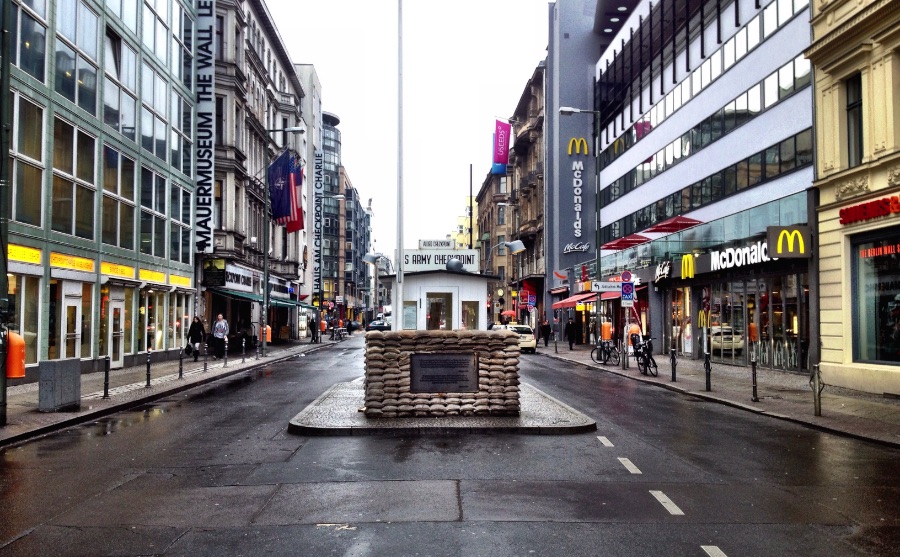
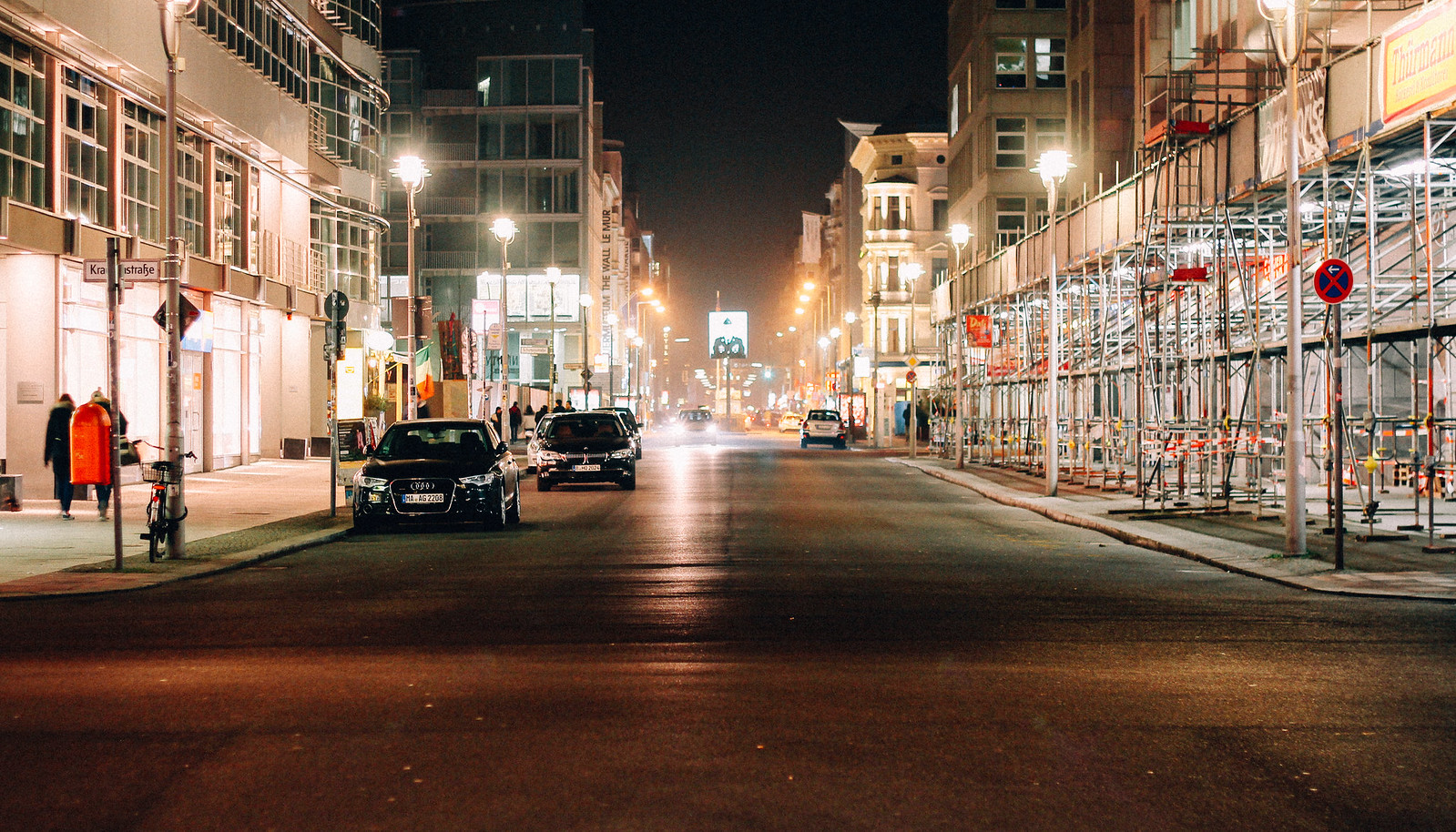
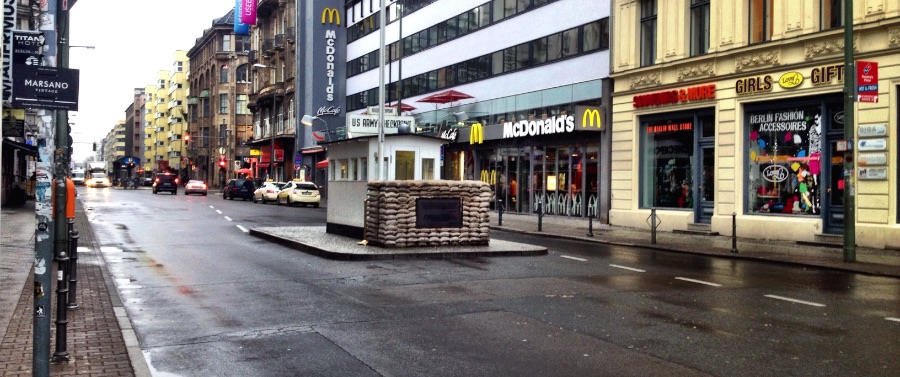
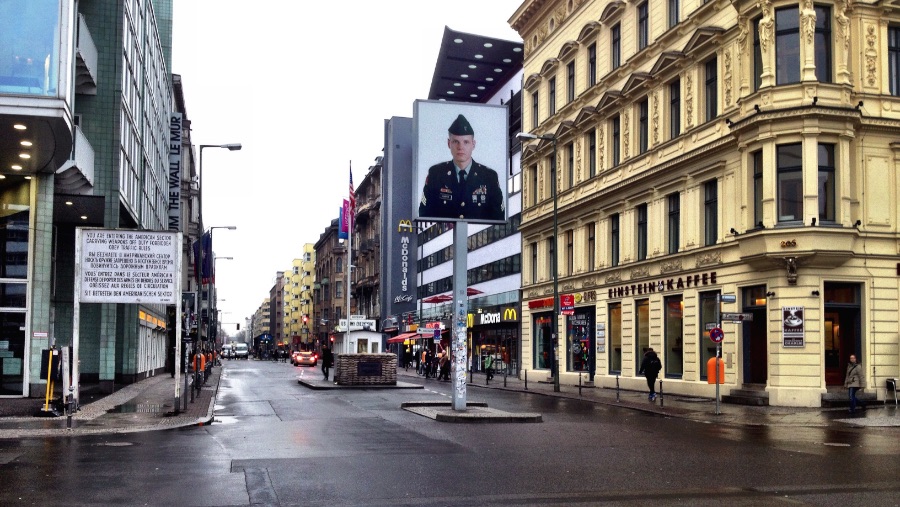
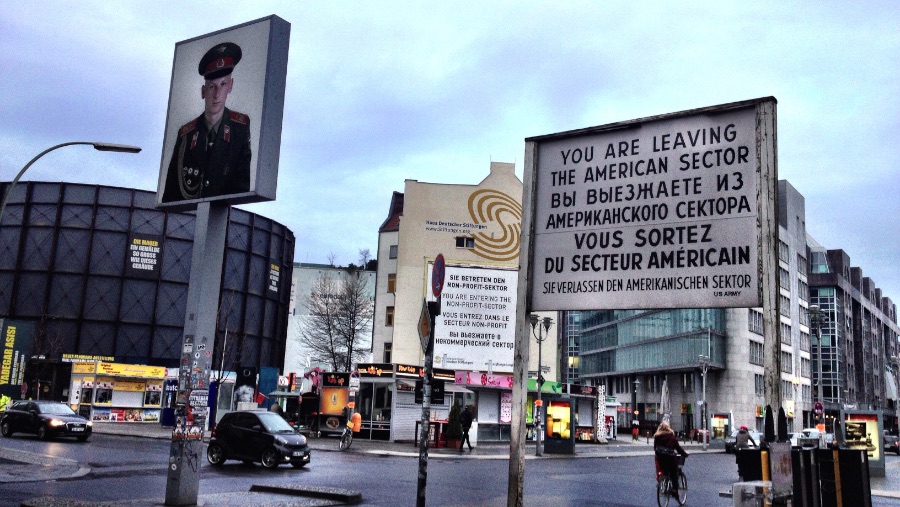
Pingback: Berlin Experience: How to ruin your time in town with @fotostrasse